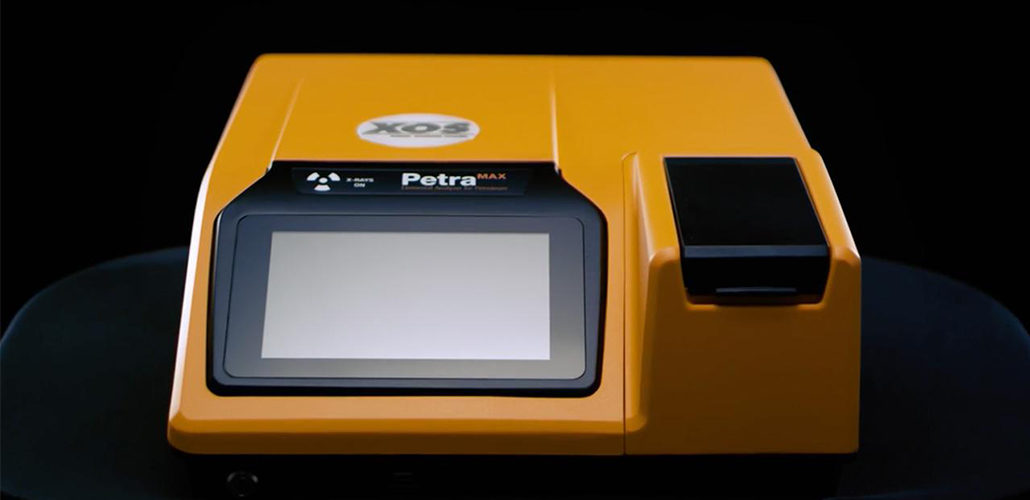IDEXX Enterolert-DW Obtains the First AFNOR NF VALIDATION for Detection of Enterococci in Drinking Water
Microbiology / Nutrition & Food Sciences / Agro-Food / Cosmetics / Pharmace...
November 01, 2013IDEXX announces that the Association Française de Normalisation (AFNOR) has just granted NF Validation to the method Enterolert®-DW and Quanti-Tray® for the detection of enterococci in drinking water (Certificate Number IDX 33/03-10/13). This new validation makes Enterolert-DW the first and only method validated by AFNOR for the detection of enterococci bacteria in drinking water.
The certification for Enterolert-DW and Quanti-Tray was granted under the NF validation scheme for water microbiological analysis.
The validation is the result of an independent study in which a total of 12 laboratories participated.
This extensive study, which was evaluated by an independent panel of experts, demonstrated Enterolert-DW to be equivalent to the official method of testing for enterococci bacteria in drinking water. In addition, the data generated will also facilitate the accreditation of laboratories using this methodology.
The Enterolert-DW/Quanti-Tray method provides quantitative, confirmed results for the detection of enterococci in drinking water samples within 24 hours.
AFNOR has previously validated the Colilert-18®/Quanti-Tray® method from IDEXX as the first
method for the testing of both drinking water and bathing water for coliform bacteria and E.coli.
GWYAMOFG1nbnHPRLPnXn.jpg)



